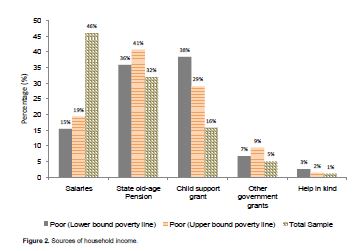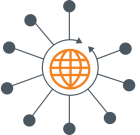Poverty in a South African township
The case of Kwakwatsi

South Africa’s world revered democratic transition lies more than a decade in the past, a period long enough to evaluate past achievements and challenges. The study reported here provides a snapshot like view of poverty in a South African township. The results are based on a household survey using questionnaires. Two poverty lines (lower and upper bound) developed by Statistics South Africa were used to measure poverty in the area; R322 per capita per month as the "lower-bound" poverty line and R593 per person per month as the "upper-bound" poverty line. Of the sampled households, 50% where found to be poor using the lower bound poverty line, and 77% when using the upper bound poverty line. On average, poor households have an income shortage of 56% of their poverty line when using the lower bound poverty line. From a policy perspective, developing an economy involves efforts that seek to improve the economic wellbeing and quality of life of all its inhabitants. A considerable number of people in the area fail to have a decent standard of living. Information provided through the study is at the household level and aims at highlighting poverty trends among urban residents in South Africa.


Comments